Hey all! Real Farmer Jeff here.
I recently had a frustrating experience in the garden. My tomatillo plant looked healthy, had tons of flowers – both male and female – and yet no fruit.
I assumed it would pollinate itself just like my tomatoes do. But after some digging, I learned something surprising. Tomatillos are self-sterile. This means that even though they have all the flower parts, a single plant often won’t produce fruit unless there’s another tomatillo nearby to cross-pollinate with.
That got me thinking. How many other plants need companions for better pollination? And even for plants that technically can self-pollinate, could more of them help improve yield?
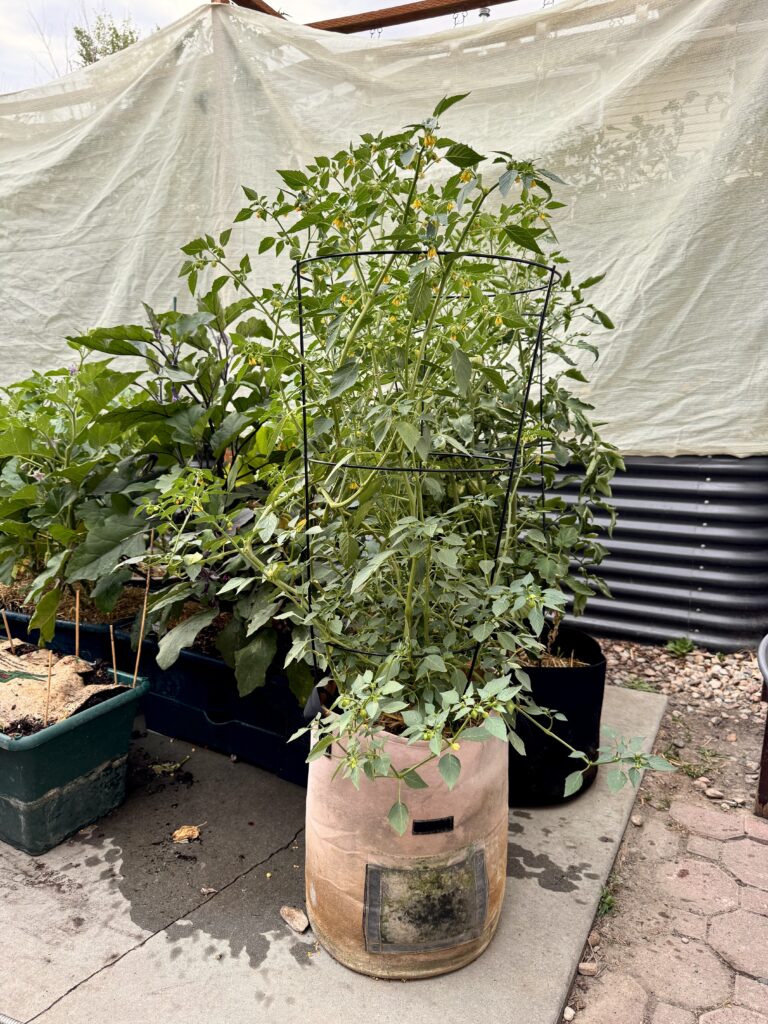
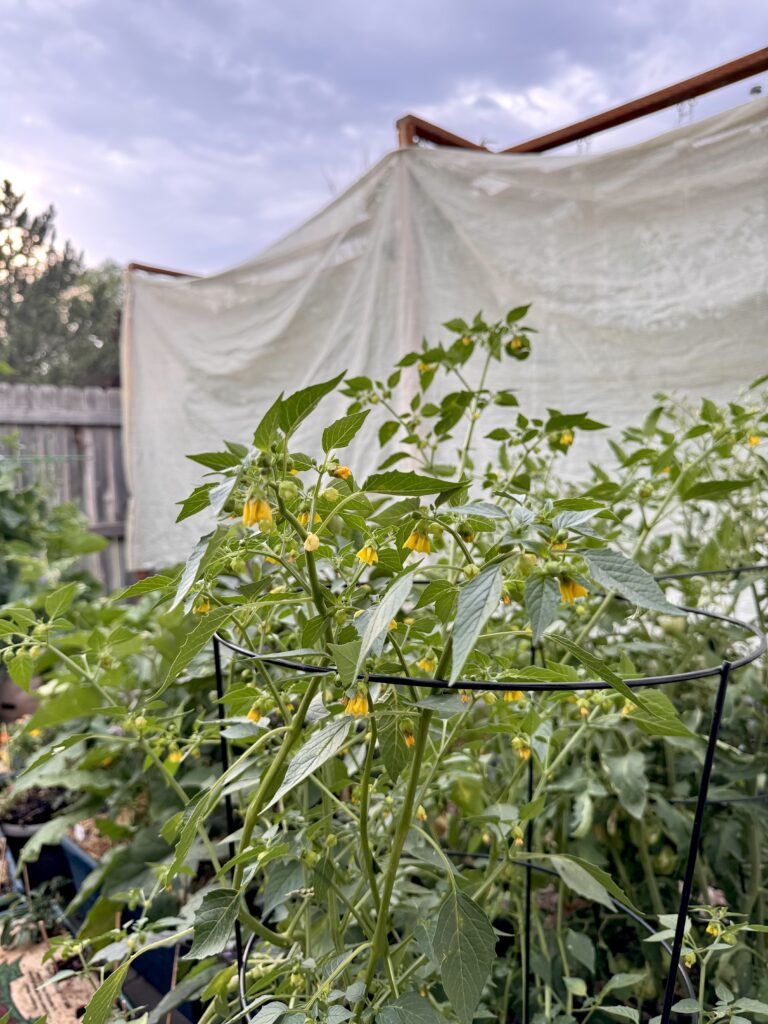
Plants That Require More Than One for Pollination
Some plants simply won’t fruit well or at all unless they have another compatible plant nearby. This is often due to self-incompatibility, meaning a plant’s own pollen can’t fertilize its flowers.
Examples include:
- Tomatillos: Usually need at least two plants for fruit set
- Certain Heirloom Eggplants: Benefit from multiple plants for better fruit production
- Apples, Pears, Plums, and Cherries: Often require a different variety nearby that blooms at the same time
Plants That Benefit From Having More Nearby
Even when a plant isn’t strictly self-sterile, growing several plants can improve pollination and fruit set. This is especially true for crops like:
- Squash
- Cucumbers
- Pumpkins
- Melons
- Zucchini
- Blueberries
- Persimmon
These plants produce separate male and female flowers, and having more plants increases the chance that male and female flowers are open at the same time.

Do You Need the Exact Same Variety for Pollination?
It depends on the plant.
- For fruit trees like apples, pears, and plums, you generally need a different variety within the same species that blooms at the same time to ensure cross-pollination.
- For squash and other vine crops, exact variety matching is less critical. Most varieties within the same species can cross-pollinate successfully.
- Keep in mind if you save seeds, cross-pollination can affect seed genetics, though it won’t affect the fruit quality that year.
How Close Should Plants Be?
Pollination depends on how easily bees or wind can move pollen between flowers. Here are some general guidelines:
- For smaller garden plants like squash or cucumbers, keeping plants within 10 to 20 feet usually works well
- For fruit trees, being within 50 feet is typically close enough for bees to transfer pollen
- Wider spacing may reduce pollination success, especially if pollinator activity is low in your area
If a plant in your garden is flowering but not fruiting, the problem might not be pests or weather. It might just be lonely.
Whether it’s a tomatillo needing a partner, a squash struggling to sync male and female flowers, or a fruit tree waiting for a compatible neighbor, planting a few extra companions can make a big difference.
Thanks for reading along, guys! If you enjoyed this blog post, check out my other gardening blog posts:
- How to Start a Garden on a Budget for Under $100
- Essential and Nice-to-Have Garden Products for Your Perfect Setup
- My Garden Setup: 3 Best Garden Containers for Every Gardener
- Understanding Garden Light and Shade: A Simple Guide
- How to Build a Homemade Trellis Using Cattle Panel
Follow me on social media for daily content and instructional videos about gardening!
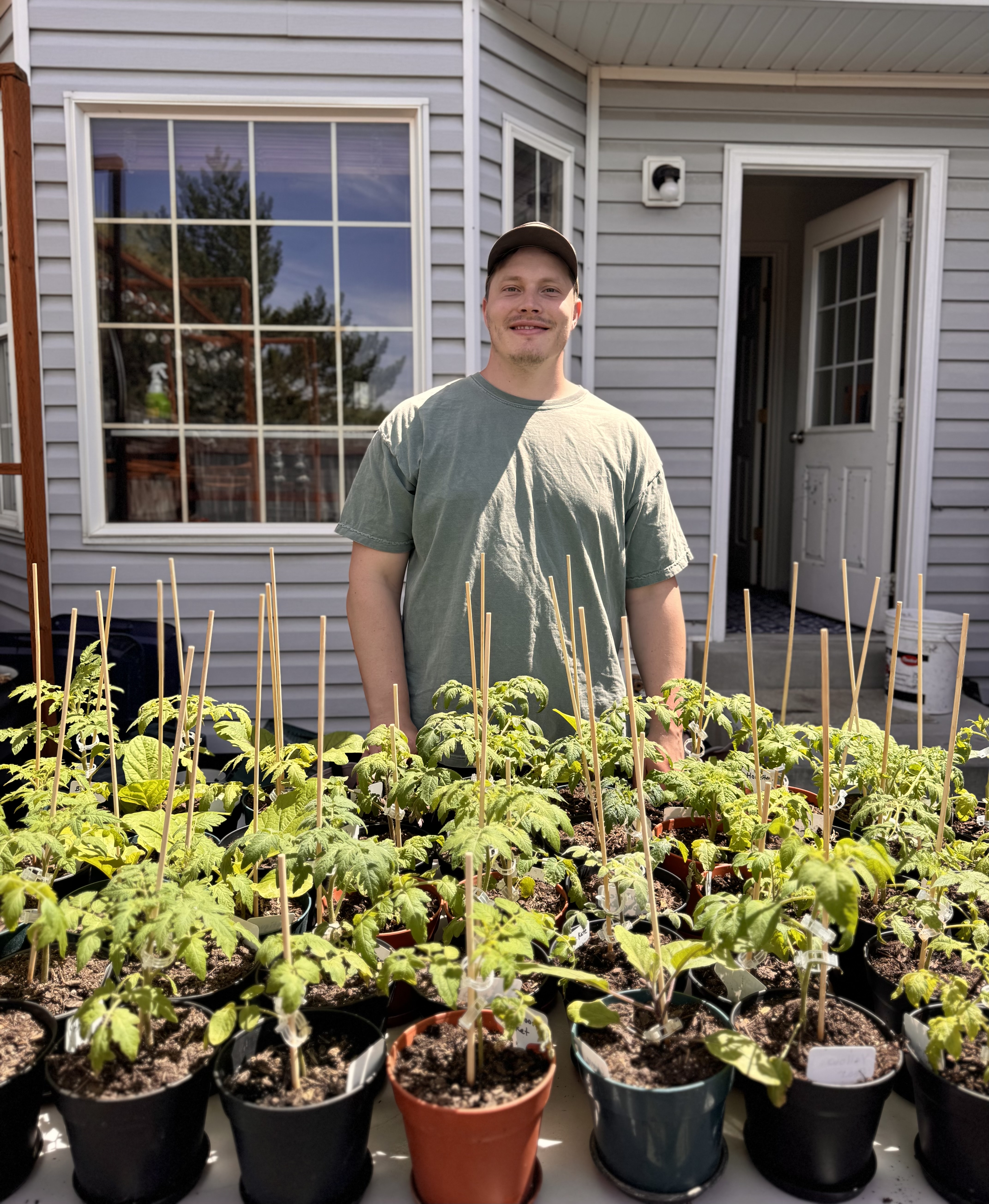




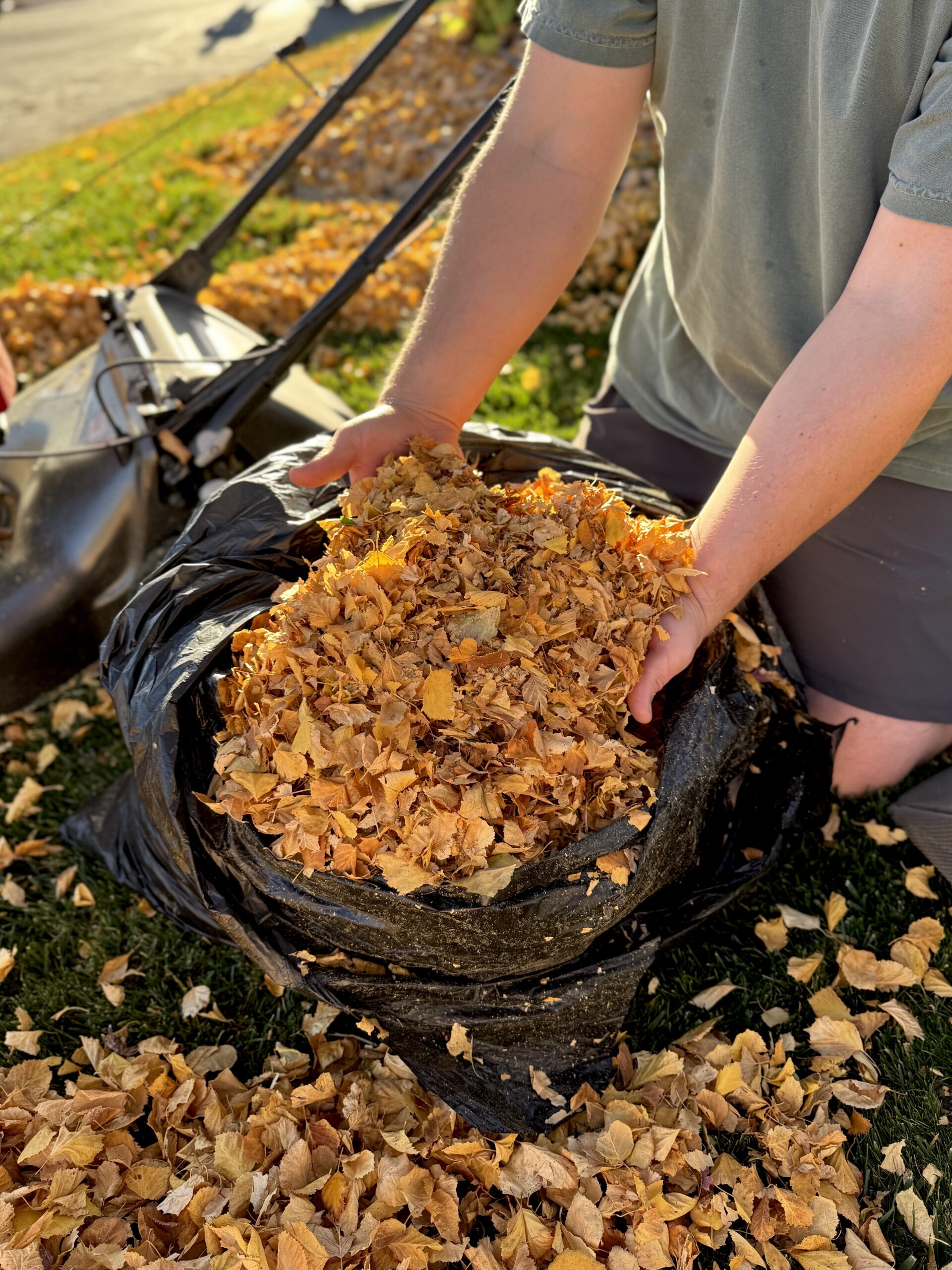
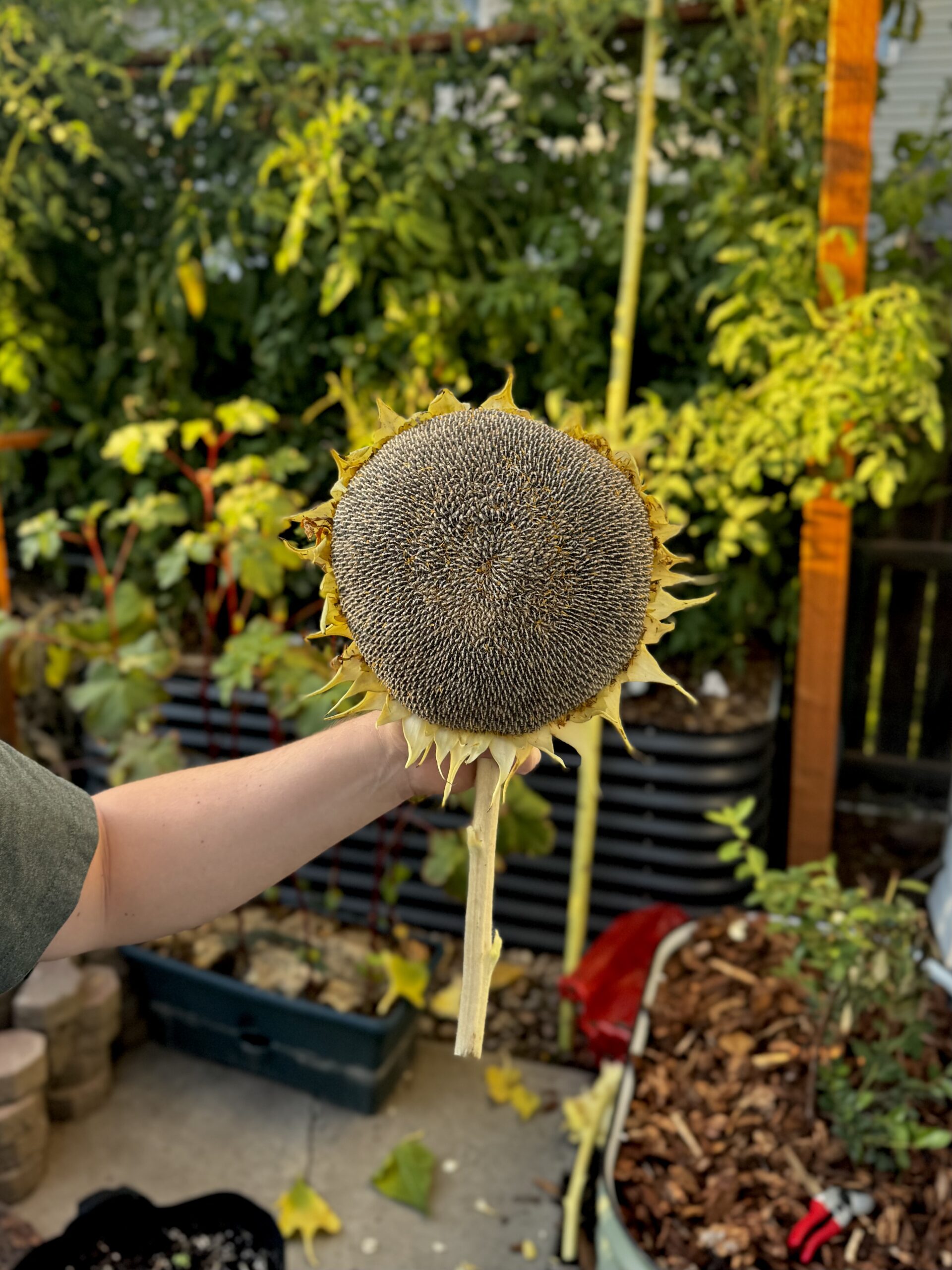
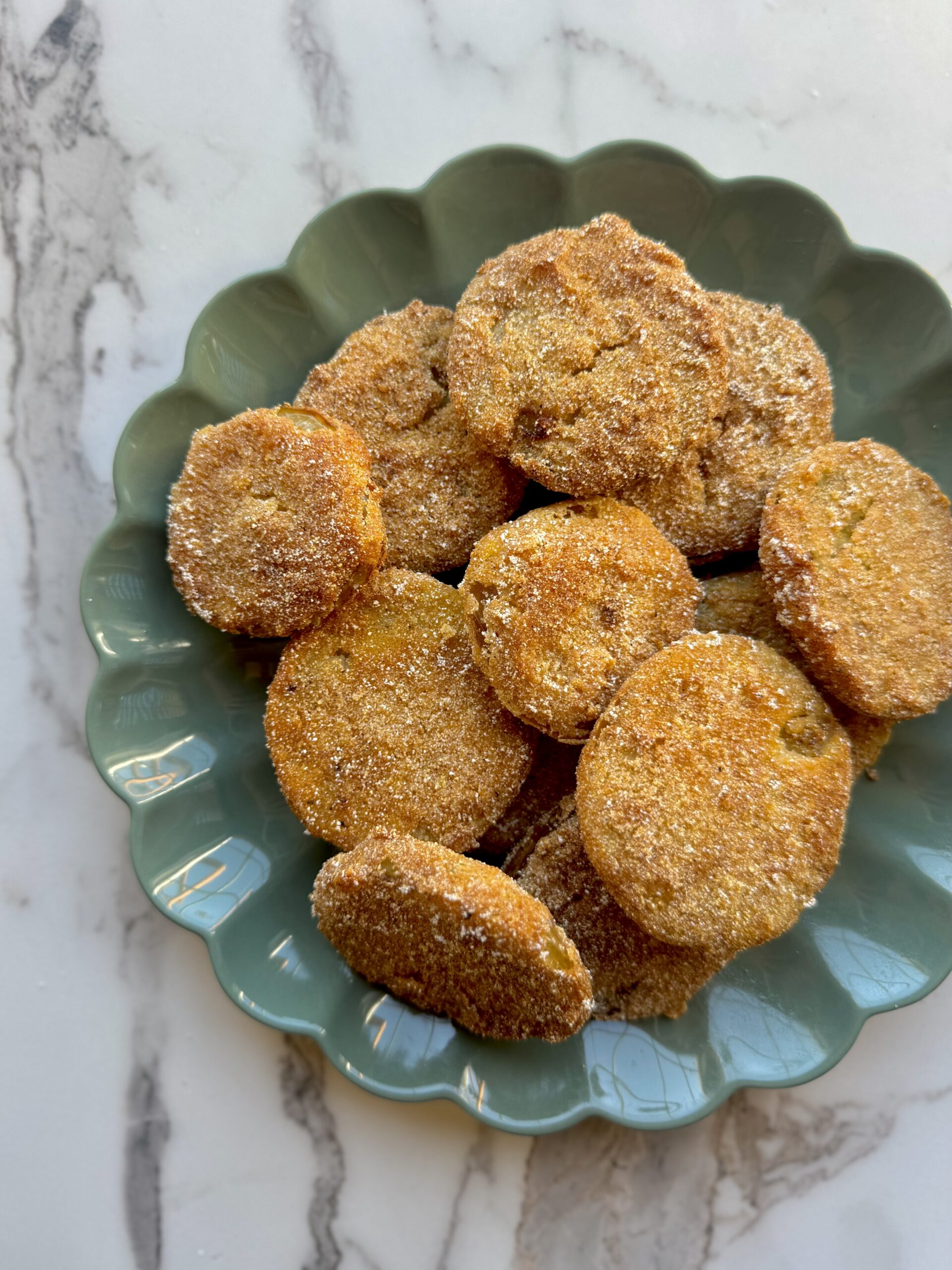
0 Comments